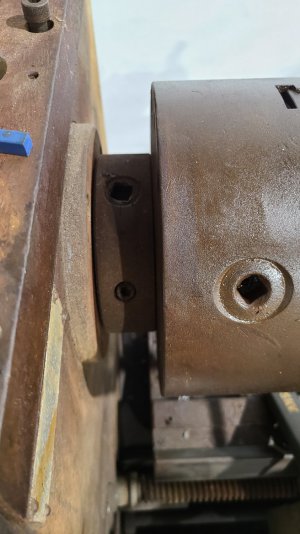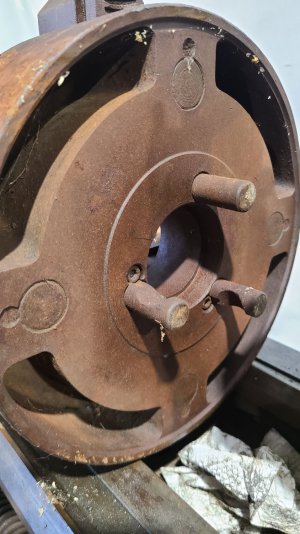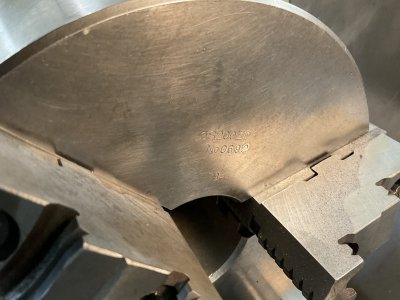Yes. The 4 position gear selector does have a dedent so you can feel it click into each position. There is a ball and spring system in behind the selector handle.
Yes. The two speed Hi/Lo selector should go up against the two respective gate positions. On my machine the gate cut outs, where the handle drops into the space for it (pushed by a small spring) were not really well positioned. It would occasionally pop out of Hi range. I took the cover off and worked out what handle position was needed to have full engagement of the Hi range gearing. Then I made a new little gate piece for the new position. I had lived with the problem for about 35 years, only just fixed it about 5 years ago - never had any more issues with it coming out of gear.
The goofy little U oil pipe? That is just a bit of Enterprise bling. The oil pump delivers oil to the top cavity along the top of the gear box, so that all the bearings receive oil (gravity feed from the top cavity down various passages). The U pipe shoots the oil up against the plastic sight glass on the lid so the operator can see the pump is delivering oil up to the top. I have never had a problem with the oil pump on mine, so I can always see it blasting away in the sight glass. When running in reverse, the oil is not pumping - but I believe there is a comment in the manual that reverse running is not a problem for headstock lubrication. Generally one does not run a lathe in reverse a whole lot anyway. I run in reverse occasionally, never had a problem. I believe the oil pump is on the chuck end of the input shaft (check it out in the manual).



